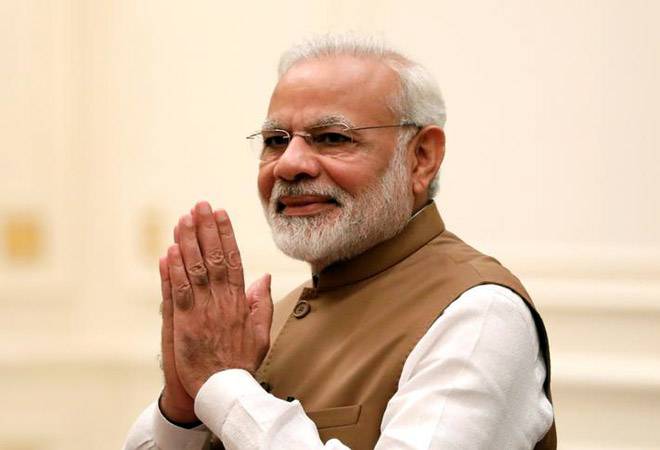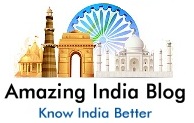
The government’s new healthcare scheme, famously called Modicare, is set to completely redefine how healthcare works in the country.
National Health Protection Scheme will provide cashless treatment to patients. Alongside the Wellness Centers, which will provide primary care to patients, it will adjunct to the Ayushman Bharat Yojana.
However, since its initial announcement in February 2018 and launch in April, there still is a lack of information and widespread incomplete understanding of how the system is going to function.
The state of Healthcare in India
In term of access to healthcare, India ranks at 154 out of 195 countries. Healthcare access in India is worse than countries like Ghana, Liberia and Bangladesh. Indian government’s expenditure on healthcare is only 1.15% of its whole GDP which is among the lowest in the world.
Government hospitals and institutions lack adequate manpower and infrastructure. This has made the population turn to private healthcare, which is much more efficient and quick but is sure to burn a hole in the pocket.
The only relief against the exorbitant bills of these private hospitals is a proper insurance cover. One has to compare health insurance online and invest in it with vigilance and careful thought to avoid a financial emergency at the time of a medical one.
With the rise in the cost of medical assistance, it is no surprise that over 60% of the medical expenses in India are paid out-of-the-pocket of the people.
Hence, those who do not have health insurance find themselves in huge debts after paying the excessive hospital bills. This number ranges between 60 million and 70 million per year, leading these people to fall into crushing poverty.
Rural healthcare in India
Approximately 32% of the rural population has to travel over at least five kilometers to access healthcare.
Most of the centres and sub-centres for basic healthcare facilities only exist on paper or only provide limited maternal and child healthcare facilities.
Community health centres, taluka hospitals or district hospitals are the only options for any serious ailments, but these are also not accessible due to an immense shortage of staff and doctors with only 12% MBBS doctors.
Ayushman Bharat Yojana- Modicare
On 1st February 2018, Union Finance Minister ArunJaitley announced the National Health Protection Scheme (NHPS) that has been dubbed as ‘ModiCare’.
The National Health Protection Scheme is going to offer hospitalization cover of Rs. 5 lakh a year to onehundred million poor and vulnerable families, which is about 500 million people in total.
It was claimed as the world’s largest government-funded healthcare programme by the government right at its inception.
The government plans on upgrading the existing Public Health Centers to Wellness Centres, and news reports suggest that the Wellness Scheme will be rolled out by 15th August.
It aims at:
(a) delivering comprehensive primary healthcare services by developing a network of healthcare infrastructure across the country.
(b) providinginsurance cover to at least 40 per cent of India’s population- most of which is from rural areas and lacks access to secondary and tertiary healthcare services.
The Ayushman Bharat Yojana works twofold: it aims to enhance the access to primary health care in the country while providing financial cover to vulnerable citizens at the same time.
According to the chief executive officer of NITI Aayog, Amitabh Kant, the scheme will be “cashless, paperless and portable— that’ll discourage profiteering by the private sector”.
The scheme is going to be implemented jointly by the Centre and state, with the shares being split in the ratio of 60:40.
But how will it work?
Former Prime Minister Dr. Manmohan Singh has pointed out that “the fiscal arithmetic is at fault” in this scheme, and“there is no money provided in the budget for it”, in the words of former Finance Minister P. Chidambaram.
Similar schemes have been running at the state level for quite some time, but with much smaller covers being offered.
In such a shortage of funds, it has also been pointed out by Dr. K.S. Reddy, chairman of Public Health Foundation, that “the amount allocated will not be adequate for the huge hike in coverage unless the government starts merging the state-funded insurance schemes.”
The NITI Aayog has projected a premium of Rs. 1,000 to Rs. 1,200 per family per annum for the Rs. 5 lakh health cover under this scheme.
However, health insurance cover for a family of five costs anywhere between Rs. 12,000 and Rs. 24,000 per annum.
This is why it is not clear how the government will accomplish such a feat, and the government has not yet provided a fine print.
It is also worth noting that the Rashtriya Swasthya Bima Yojana (RSBY), offering a cover of Rs 30,000, is already in the market but hasn’t yet found any takers from the insurance companies.
It is also concerning as to what mechanism is to be employed in order to avoid fraudulent claims, since that is a big issue in India with 100% settled claimed in public sector and 60-70 per cent settled claims in the private sector.
Apart from the scheme seeming to be underfunded, it is also concerning that the focus is only on primary healthcare in the Ayushman Bharat Scheme.
Final Words
The real test of the scheme is not in planning it, but in executing it efficiently since the scheme would ultimately require a reshaping of the business models of private and public sector hospitals.
The public stands to benefit immensely from the Ayushman Bharat Yojana, but with no concrete information on how it will function, it is not possible to expect any success or predict any failures.
The government should make this information public as soon as possible, since the subsequent scrutiny and criticism will allow the policy makers to work around it and perfect it, ensuring it performs its functions and doesn’t just become another failed scheme in the long list.
Until concrete information is available, it is hard to know where exactly the tax-moneyis going and also how the surplus requirement is being met by the government.
Arun Jaitley set the stage for the comparison of the scheme to ObamaCare in his budget speech of February 2018, and since the NHPS has been fondly called Modicare, it is awaited how the scheme impacts the developing nation.
 Amazing India Blog Know India Better
Amazing India Blog Know India Better




